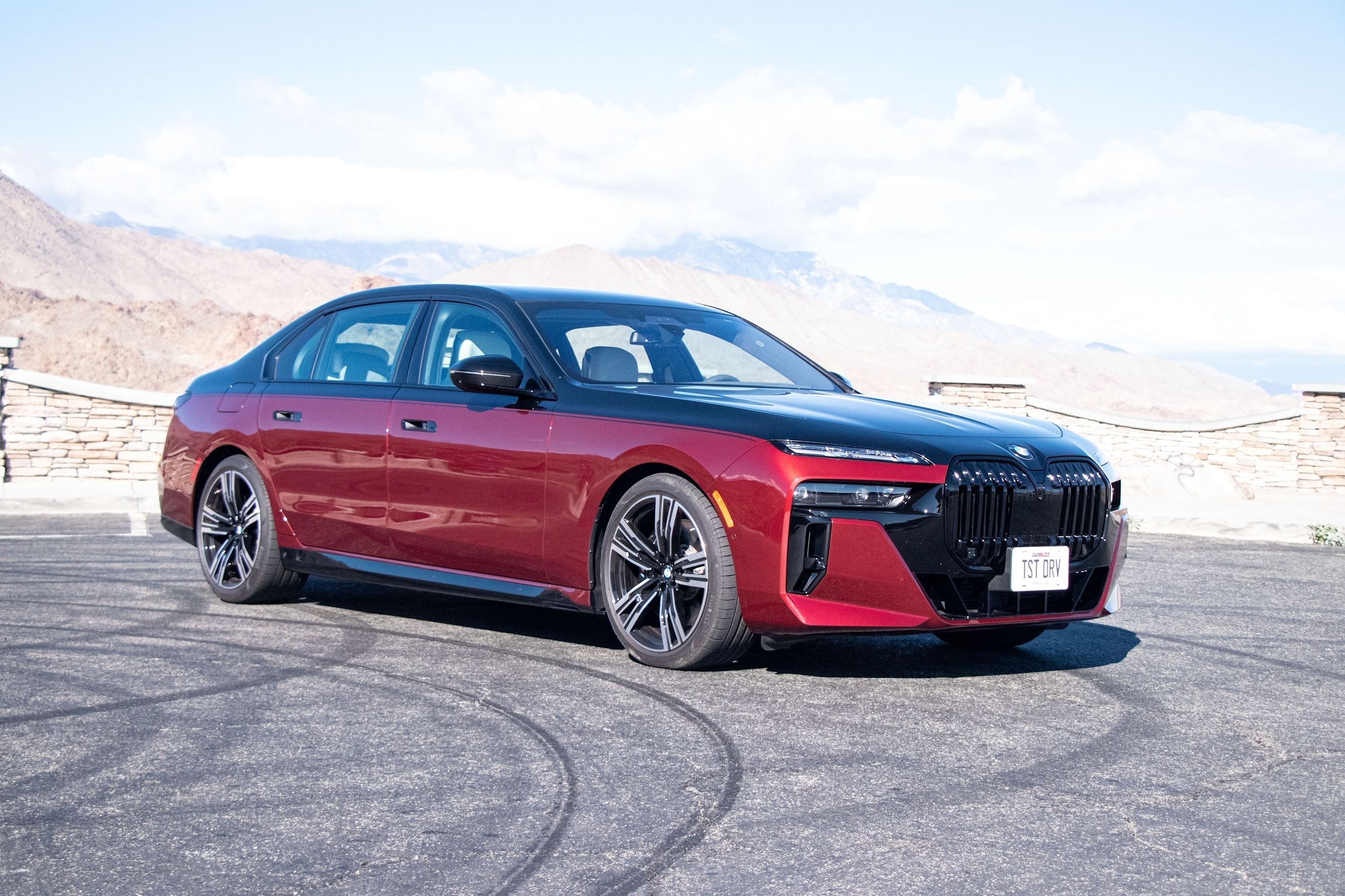
BMW has published a new video that Bimmer fans will surely enjoy. Showcasing rare 7 Series models from the past, BMW Group Classic's new video unearths gems that only the nerdiest fans knew about.
The first car is a 745i E23 series, one of the only 192 units manufactured for the South African market. Under the hood is a naturally aspirated 3.5-liter inline-six engine with 290 horsepower and 251 pound-feet of torque, a variation of the M88 engine used in the mid-engined M1 supercar.
The BMW Motorsport emblem on the wheels is unique, as only two cars worldwide have this badge - the M1 and this car. Of the 209 models made, 192 were equipped with a four-speed automatic, while 17 received a five-speed manual.
The second car in the video is the 730i E32. The vehicle looks unspectacular compared to the first model. It has weird rims, and the only unique feature is a small brown sticker on the windshield, indicating that it was a prototype.
Be that as it may, it was the company car of Paul Rocher, a BMW engineer. He avoided driving regular BMWs and always asked his team to create a unique vehicle.
That's why this prototype has a BMW M5 engine from the same period that Rocher bored out to a displacement of 3.9 liters, with a final output of 390 hp. That's 50 more than the stock 3.8-liter mill found in the M5 donor vehicle.
And then there's the BMW Goldfish, named for its gill-like cooling ducts at the back due to a monstrous secret hiding inside that long hood. It was made at the end of the 1980s when, according to the presenters, size still mattered.
Back then, there was a competition between the Germans to see who could make the biggest engine. Eventually the French won.
The Goldfish was BMW's attempt to win what was the start of the power wars. It has a gigantic 16-cylinder engine made by cutting off eight cylinders from two M70 12-cylinder engines. The result was a 6.7-liter power plant that churned out 408 hp and 442 lb-ft of pull, allowing the sedan to reach 174 miles per hour.
